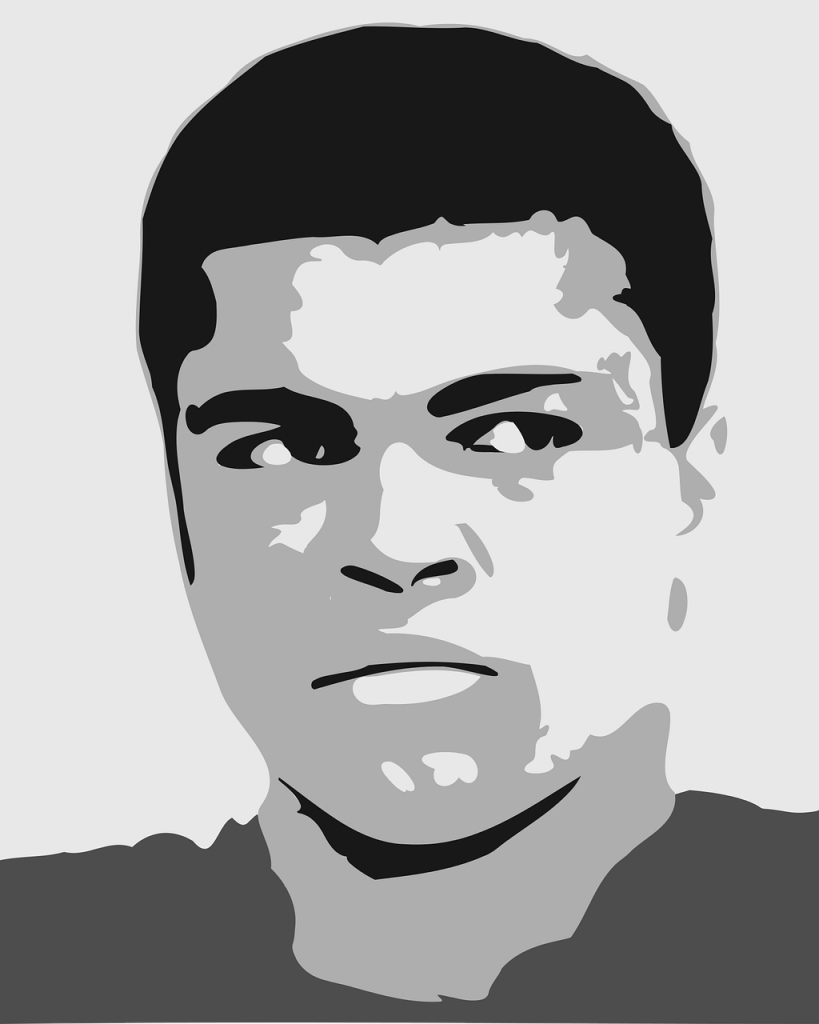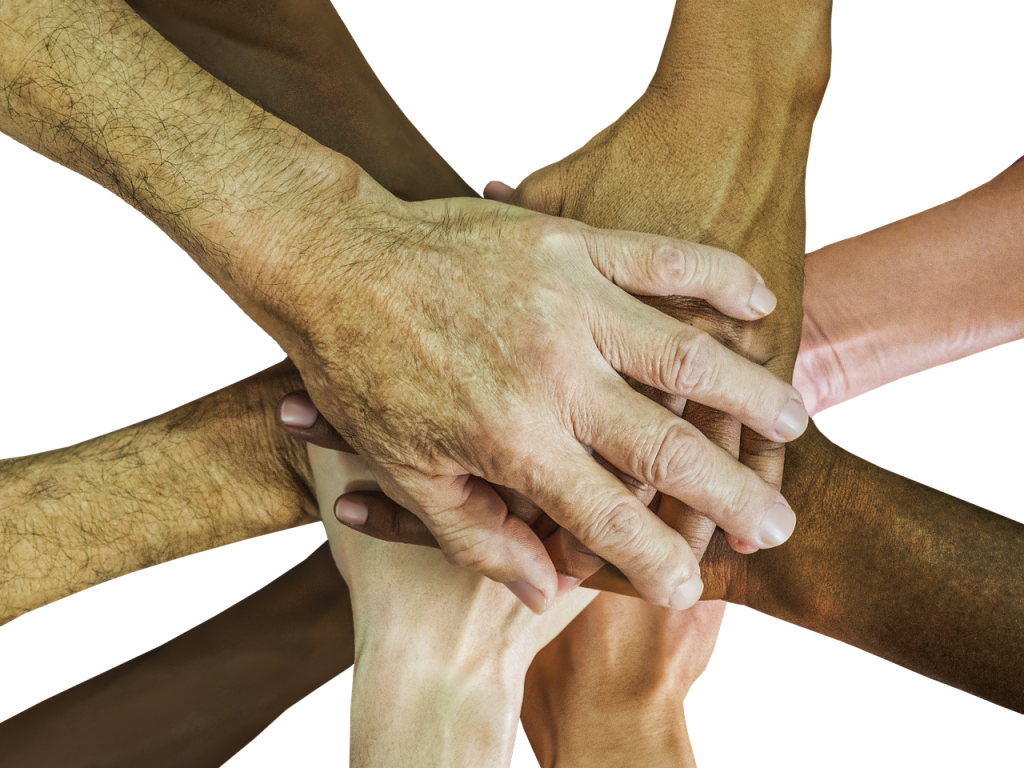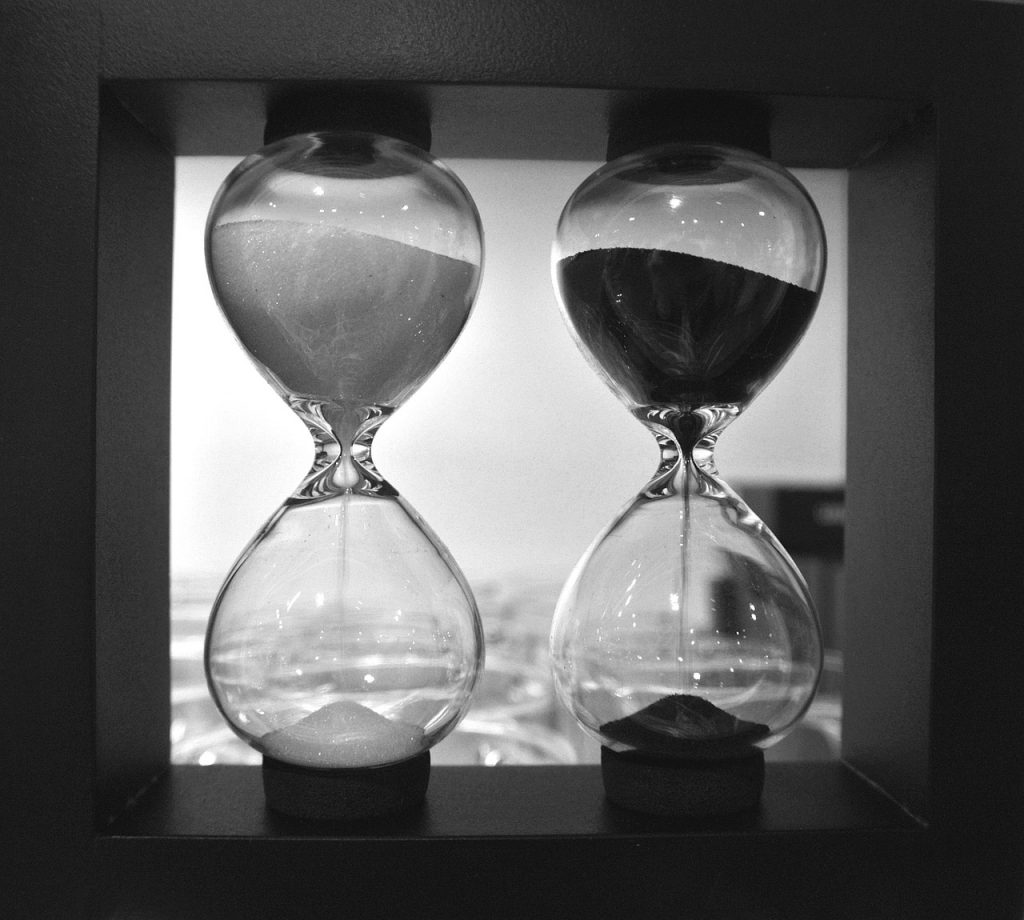
leadership
The downsides of linear thinking, and why we need to embrace failure

In the nonprofit sector, this linear sort of thinking is pervasive, seeping into every aspect of our work, manifesting in things such as:Continue reading →
Disorganized colleagues, stop feeling bad and own your chaotic brilliance!
 [Image description: Two wombats eating from a metal bowl. There’s a large wombat, and a cute little baby wombat. The’re both dark brown. The bowl has vegetables–looks like corn and carrots and half a green apple. Image obtained from Pixabay.com]
[Image description: Two wombats eating from a metal bowl. There’s a large wombat, and a cute little baby wombat. The’re both dark brown. The bowl has vegetables–looks like corn and carrots and half a green apple. Image obtained from Pixabay.com]Hi everyone. As usual I procrastinated in writing this blog post—look, House of Cards season five is not going to binge-watch itself while eating an entire container of vegan chocolate ice cream. I don’t know how this blog post will turn out or whether it will include pictures of wombats for some reason. (Update: It definitely includes a picture of wombats).
Since the beginning of time society has had a bias toward the Type-A individuals, they with their to-do lists, and their “bullet journals,” and their “inbox zero,” and their “daily flossing.” We tend to look down upon the disorganized, equating cleanliness with godliness, and having other sayings related to being neat and orderly. These messages have been pushed so hard that those who are disorganized in their work and personal lives are left feeling like crap.Continue reading →
Winter is here, and we must build the power of organizations and communities of color

Stories like these are now more and more common. In Seattle we’ve seen flyers posted all over the South Park neighborhood encouraging people to call ICE “for fast deportation of illegal immigrants.” We’ve heard about the tragedy in Portland of the men who were murdered on a train for defending two Muslim women against the abuse of a bigot. These stories of fear and hatred are enough for many of us to lose faith in humanity. But I have been encouraged by the parallel stories of compassion and solidarity, of neighbors looking out for one another.
All of this makes me wonder about one of the most important roles of our sector, which is the building of community power. When the voices of the community members most affected by injustice are strong, when they have the resources and power to help change the systems—by voting, by shaping policies—our society is strengthened and all of us benefit. As our world spirals into divisiveness and intolerance, building the voice and power of the most marginalized is our best defense against the rise in racist nationalism, hate-mongering, xenophobia, violence, and injustice.Continue reading →
Time inequity: What it is and why it’s no-good, very-bad

I can’t blame the baby for flinging food at us though. We haven’t been paying nearly as much attention to him as we did with his brother. He just turned one, and I think half the people we know aren’t even aware that we have a second baby, so little have we mentioned him. One person seemed irritated; he cornered me one day and said, “Hey, I heard you have a new baby? Why didn’t you tell me?” I felt terrible. All I could reply was, “Sorry, Dad…”Continue reading →

